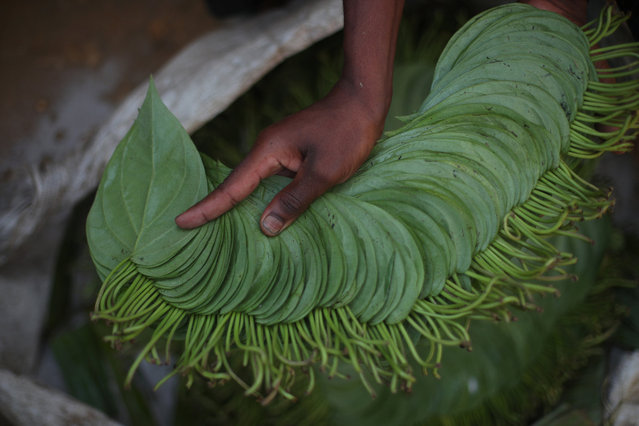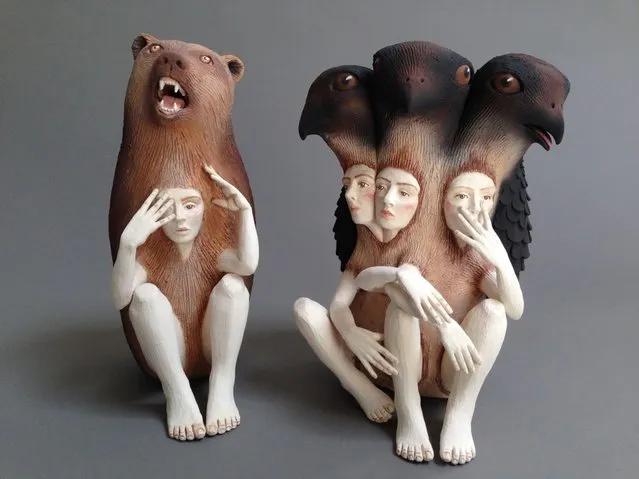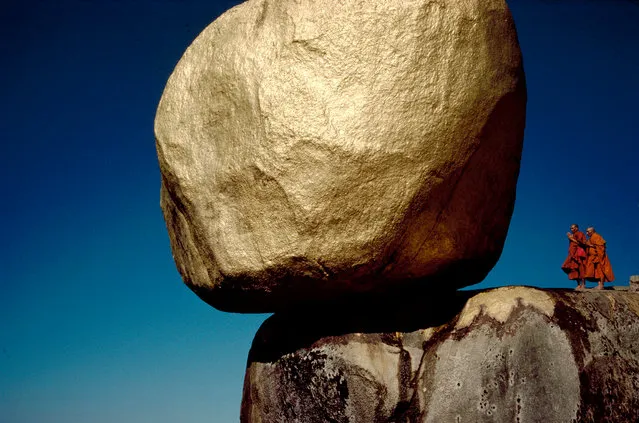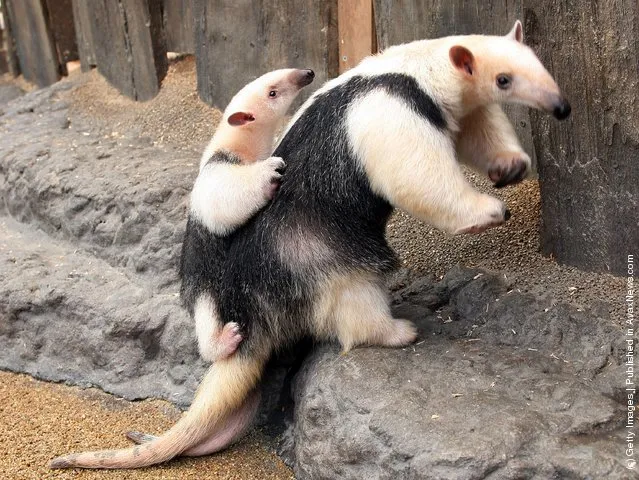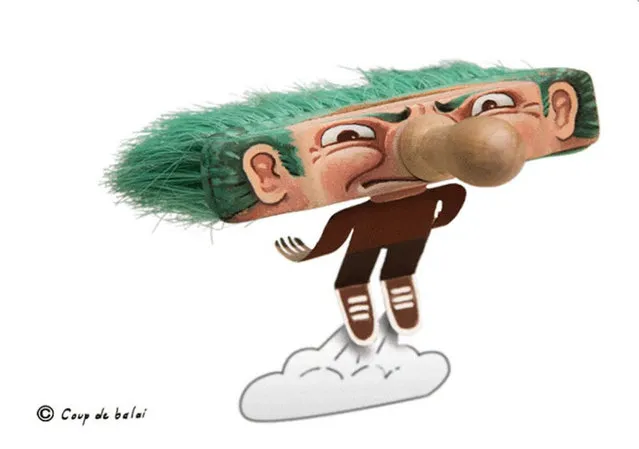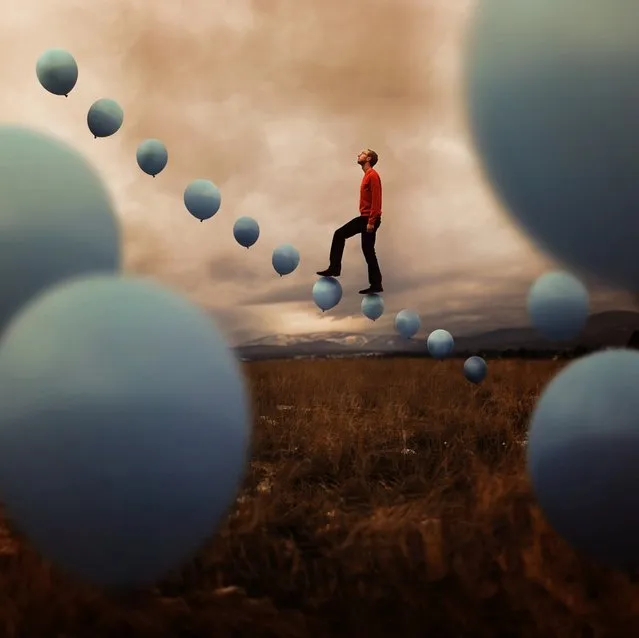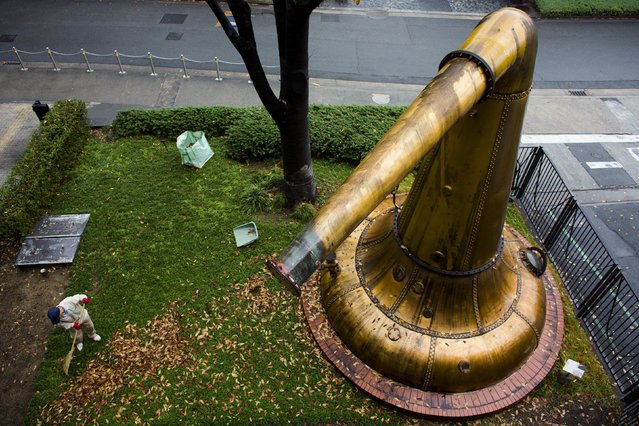
A worker sweeps leaves below a historic spirit still at Suntory Holdings' Yamazaki Distillery in Shimamoto town, Osaka prefecture, near Kyoto, December 1, 2014. Nestled at the foot of wooded hills near the ancient Japanese capital of Kyoto, the Yamazaki whisky distillery feels a long way from the northerly glens of Scotch's spiritual home. Despite its unlikely birthplace, last month Yamazaki's Single Malt Sherry Cask 2013 trumped more than a thousand challengers to be named the world's best whisky by leading critic Jim Murray in his Whisky Bible 2015. (Photo by Thomas Peter/Reuters)
05 Dec 2014 13:57:00,post received
0 comments

